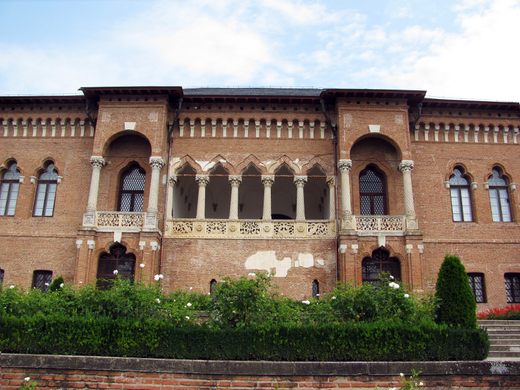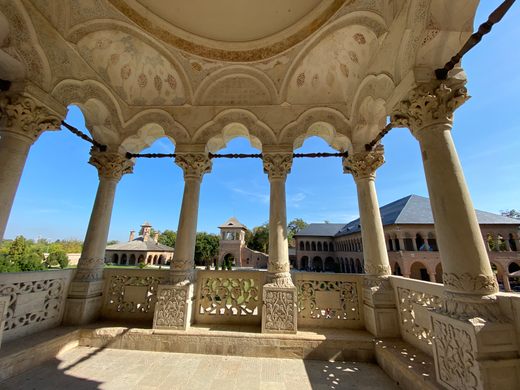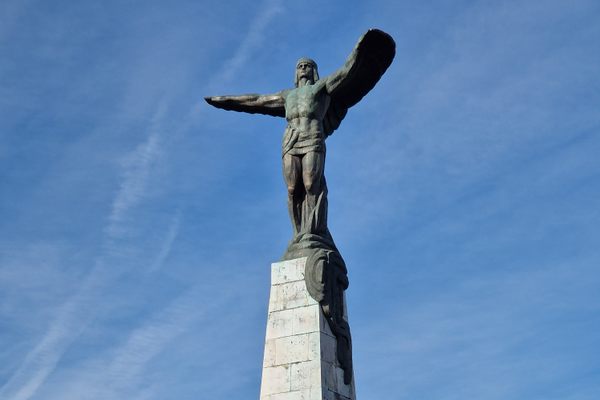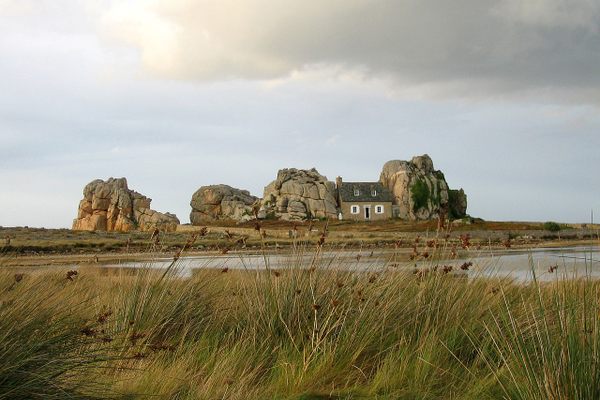Mogoșoaia Palace
17th century palace once a meeting place for politicians.
Built over the four year period between 1698 and 1702 by Constantin Brâncoveanu, the Mogoșoaia Palace is famous as an architectural monument because its facade is dominated by traditional staircase balconies, columns with capitals, and arcades that have come to be known as the Brâncovanian style or Romanian Renaissance style, which is a combination of Ottoman and Venetian elements.
Situated about 10 kilometers from Bucharest, Romania, Mogoșoaia Palace bears the name of Mogoș, the Romanian boyar, or member of the highest rank of the feudal Moscovian, Bulgarian, and Moldavian aristocracies, second only to ruling princes, between the 10th century and the 17th century, who owned the land. After Mogoș, the palace exchanged hands several times. After it was given to Princess Marthe Bibesco by her husband, Prince George Bibesco, it became a central meeting place for international high society and politicians.
Prince George, Princess Bibesco’s husband, died on the site in 1941 and was buried on the grounds. His remains are kept under the small white church built near the palace in 1688. Elizabeth Bibesco, wife of Prince Antoine Bibesco, is also buried in the family vault as the Mogoșoaia Palace grounds.
Now a popular tourist destination, the Mogoșoaia Palace houses a museum and art gallery inside of its walls. But it is also known for its beautiful grounds and gardens. Sometimes, the Mogoșoaia Palace is opened up to cultural events: In 2008, the Romanian gothic rock band Inopia was allowed access to the grounds to film a music video for their song “Epitaph,” and the Balkan Go Championship took place here in 2010.
Know Before You Go
Located 10 km away from Bucharest, the capital of Romania.




























Follow us on Twitter to get the latest on the world's hidden wonders.
Like us on Facebook to get the latest on the world's hidden wonders.
Follow us on Twitter Like us on Facebook